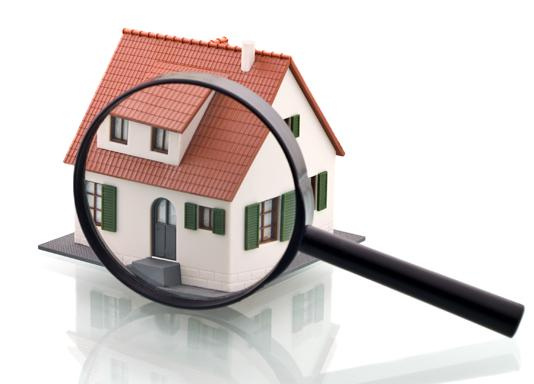
Do-it-yourself household projects have become increasingly popular, but home inspectors are finding a host of safety problems caused by overconfident home owners seeking shortcuts. “Home owners now see these DIY TV shows, which make these household remodeling projects look easy. They can go to a big box store and easily get the materials too,” says Randy Sipe, president of the American Society of Home Inspectors in Spring Hill, Kansas. “They think: ‘How hard can it be?’” Howard Pegelow, a home inspector in Arizona and Wisconsin, says home safety is a top priority in his inspections. He looks for loose carpeting, uneven steps, and water temperature extremes, among other common risk factors. Here are additional concerns noted by Pegelow, Sipe, and others in the field:
Wobbly decks
Look for: insecurely attached railings and wobbling or improperly sized posts.
“Decks shouldn’t move,” says Scott Patterson, an inspector with Trace Inspections in the Nashville area. Wood decks can collapse if they’re not properly attached to the house or if they rely on the house too much for support. “Fasteners can corrode, which could result in failure of the deck. Many times owners are unaware all these problems exist,” Sipe adds.
Incorrectly removed walls
Look for: sagging roofs and ceilings.
Open floor plans are appealing, but not when they overlook structural issues, which can happen when home owners fail to identify load-bearing walls. Pay attention to the age of a home, Patterson says. In newer construction, homes tend to have greater side support, which can accommodate open floor plans. Older homes relied more on the center for stability, which can mean trouble for amateur wall-busters.
DIY plumbing
Look for: wrong pipes used for connections.
A common error Patterson sees in plumbing jobs comes from home owners who purchase a sink and cabinet from a big-box store and handle the installation themselves. Using the wrong pipes often results in costly water damage. Patterson says he commonly sees flexible, accordion-shaped pipe under the sink for the drain, even though they do not comply with residential plumbing codes. Pipes should be smooth and unridged to prevent clogs or waste buildup.
Missing garage door sensors
Look for: sensors missing or not facing one another.
Garage doors can pose a big safety threat if improperly installed, Sipe says. The safety sensors must be connected and aligned correctly for the garage door to go down, and if it doesn’t, the owner may just uninstall them. Additionally, a poor connection could be the culprit of the sensor malfunction. Sipe says he often sees the safety cable being threaded incorrectly, which could cause it to break and send the garage door door crashing down.
Disarmed alarms
Look for: missing batteries or disconnected alarms.
Home inspectors aren’t always required to test smoke and carbon monoxide detectors, but many do. Municipalities often suggest installing them within 15 feet of the primary entrance to each sleeping room. Home owners often remove them if they start chirping or disconnect them to prevent false alarms as they cook. “Many times I’ll open it up and find the battery is gone,” Pegelow says. “That is a big safety concern.”
Faulty electrical
Watch for: exposed wiring and overloaded circuits.
Electrical problems often emerge when an addition has been made to a home, such as a basement or attic remodel. Home owners may add two wires to one circuit breaker where there should be only one. Or, Sipe says, he sees amateurs using a wire that’s too small in the breaker, which could pose a fire hazard.
Melissa Dittmann Tracey is a contributing editor for REALTOR® magazine. She can be reached at mtracey@realtors.org.

newstarrealty.com
